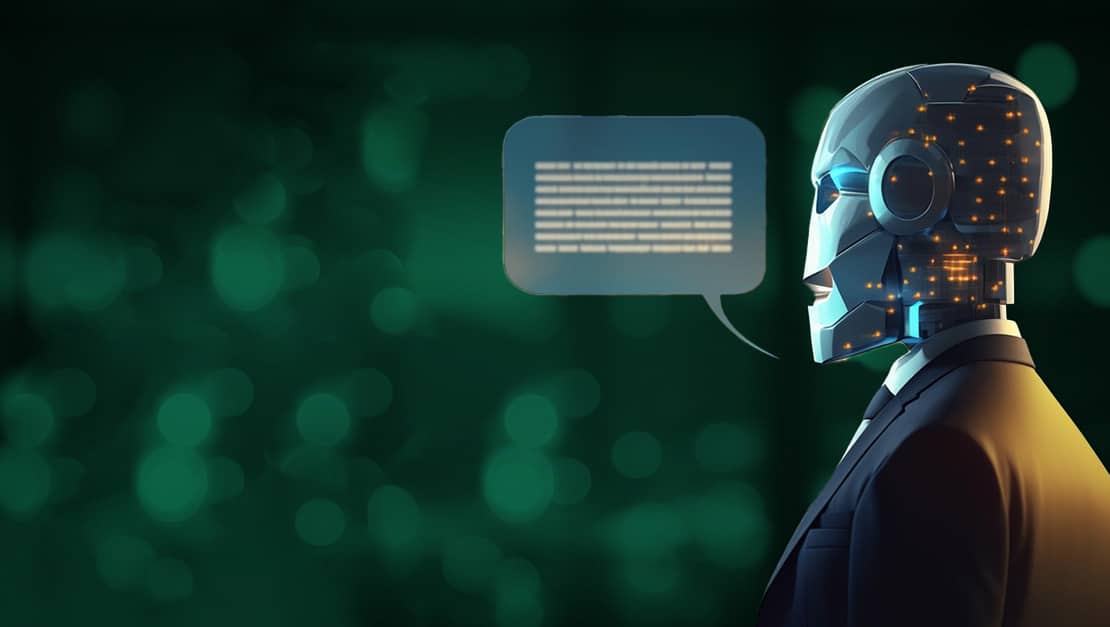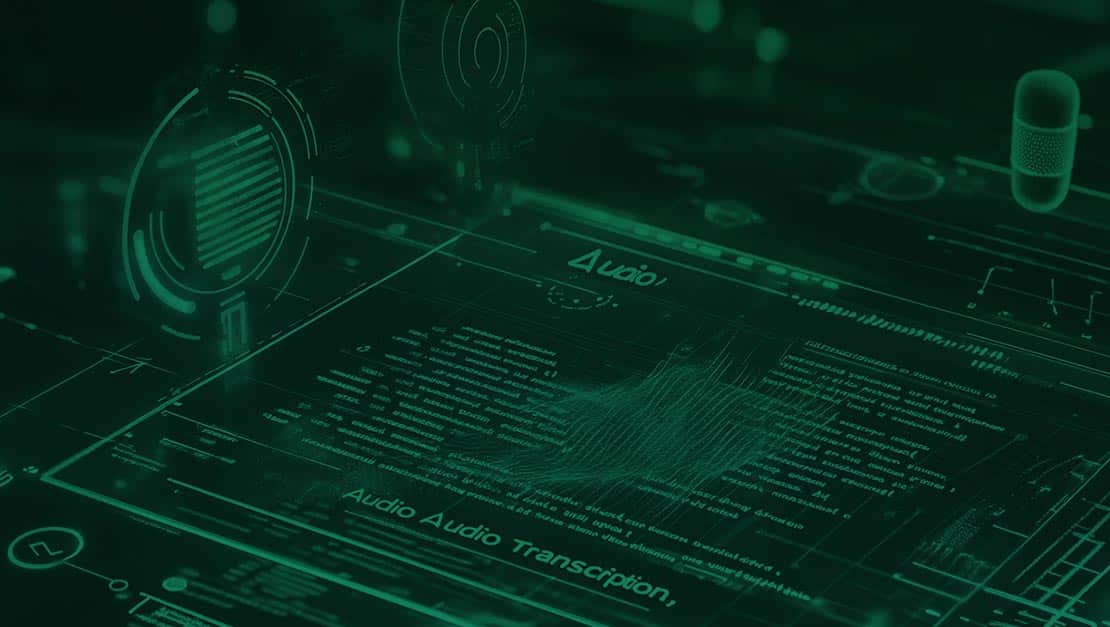Voice reports are audio recordings used to convey data and information, such as feedback or work updates. Since they’re done by voice instead of other methods, like on paper or digitally written, voice reports are meant to be more concise.
By relying on speech to communicate important insights, companies can work more efficiently by having workers quickly disseminate information without the need for note-taking or reviewing lengthy documents. This makes voice reporting systems highly valuable in environments that require hands-free operation, like logistics, fleet management, warehousing, and others,
This article will dive deeper into voice reports and look at how they work and how they’re applied, tips for implementing them, and how speech AI like aiOla is making it easier than ever to record and deliver essential reports through voice alone.
Understanding Voice Reports
Voice reporting uses speech recognition software to both record and transcribe speech for the purpose of creating reports. There are two main types of voice reports:
- Automated voice reports: Using text-to-speech technology, automated voice reports convert written text into spoken words, which is helpful for routine updates and repetitive information
- Human-generated voice reports: Involves an individual recording their speech, provides more nuanced communication and tailored information
With automated voice reports, the components are more technological since the content is going from text to speech. However, with human-generated reports, artificial intelligence (AI) can be used to parse various components, such as tone, content, and delivery. An AI system might look at a speaker’s vocal expression, pace, clarity, articulation, and the actual information being communicated to gather additional data for a report.
For example, a truck driver may deliver a voice report to the dispatch team on the status of their vehicle. While the content of the voice report might include speech about wear and tear or pieces that need maintenance, a voice report system could also examine the driver’s voice, speech patterns, and tone to see if they’re tired or distracted and gather data about driver behavior from that.
What Are the Advantages of Voice Reporting?
As voice-enabled devices become more mainstream, it’s no surprise that we see this technology spilling into the workplace. According to a PwC survey, 72% of respondents have used a voice assistant. This technology is making our lives easier and getting us the information we want quicker, and these benefits can translate just as well in professional settings and voice reporting.
When compared to written reports, voice reports offer several advantages:
- They’re a quicker way to disseminate information and receive updates
- Analyzing the speaker’s tone and inflection can enhance reports with emotional impact to reduce misunderstandings
- Voice reports are more accessible for individuals with reading difficulties
- It’s easier to integrate voice reports into hands-free workflows, making them more versatile than written reports
- Voice reports make teams more efficient by offering a quicker and more understandable method of reporting
- When speech is used for reporting instead of manual methods, listeners can better multitask while receiving updates and processing information, making teams more productive
Industry Applications of Voice Reports
Voice reports are already being used by workers in many industries, creating a quicker and more reliable method of relaying essential information. By relying on speech over manual reports, businesses can operate quicker, more productively, and more efficiently while remaining hands-free. Here are just some of the ways voice reports are used in various industries.
Business and Corporate Communication
In a corporate environment, voice reports are used to deliver updates on things like projects or meeting summaries. A manager might use a voice report to offer a quick yet comprehensive product update to stakeholders so they can stay informed without reading long documents.
Food Safety
Verifying the safety of food products involves several inspections in order to remain compliant with health standards and regulations. Companies in both retail and food manufacturing are turning to voice reports to help speed up various inspection procedures, making them more accurate and reliable in the process while helping teams cut down on resource-heavy manual operations.
Healthcare
In the healthcare sector, voice reports are valuable for conveying critical data on patient health and updates, such as medication instructions during shift handovers. For example, a nurse can use a voice report to give a detailed update on a patient’s condition so that the next shift’s nurses get all the necessary information while working in a busy and fast-paced environment. Several healthcare providers are already noting that voice recognition software is becoming an integral part of their reporting processes as they’re seeing it dramatically improve reporting speed and accuracy.
Transportation
In the transportation industry, fleet managers are turning to voice reports to help drivers and dispatchers communicate more efficiently. Voice reporting can be used by drivers to convey real-time information on vehicle status, shorten inspection time for a fleet of numerous vehicles, and instantly communicate maintenance needs with mechanics. With voice reports, fleet teams can cut down on certain manual operations to work more safely and efficiently while reducing downtime for fleet vehicles.
Logistics and Warehousing
Logistics teams face many manual and physical tasks throughout the day, from picking products to packing pallets, many of which are prone to human error. With the introduction of voice reports, logistics teams can better verify the accuracy of packed items, report on machinery malfunctions so they’re addressed sooner, and communicate more efficiently throughout a large warehouse.
How to Create Effective Voice Reports
It may seem like voice reporting is as simple as recording speech and sending it, but that’s not always the case. To make the most of your voice reports, there are a few tips you can implement to make your voice reports even more powerful:
- Plan your message: Avoid speaking too casually or fumbling over what you want to say. Instead, outline the key points you want to cover, speak clearly, and stick to a structure
- Keep it short: Aim for brevity and focus on reporting essential information, this isn’t the place to go into all the small details
- Utilize technology: Leverage different tools like text-to-speech to generate automated voice reports and recording software to produce clear and professional reports
- Incorporate visual aids: Along with your voice reports, you can send along slides or documents to complement the spoken content or pair it with a video presentation or interactive dashboard
- AI enhancements: Using AI can enhance voice clarity, remove background noise, transcribe reports using voice-to-text technologies, and even pull the most important data from a report to highlight for the listener
Create Better Voice Reports With aiOla
aiOla is a speech AI technology that facilitates communication, automation, and data collection all through the power of speech. Just by speaking, employees can trigger automations, send reports, and complete workflows entirely hands-free.
With aiOla, voice reports are automated and simple. aiOla uses a combination of natural language understanding (NLU) and automatic speech recognition (ASR) along with other AI-powered technologies to harness the power of speech. When it comes to voice reports, aiOla is helping companies across various industries gather insights from reports in different ways:
- Inspectors are reducing inspection time by 45% by examining fleet vehicles or machinery on factory floors and issuing reports through speech alone
- Manual operations and workflows are reduced by 90% as companies use aiOla to both complete workflows and reports on task updates
- Fleet companies are seeing an 85% increase in time savings through automating actions like reports through voice
aiOla is able to operate in over 100 different languages including different accents and dialects as well as varied acoustic environments. This makes it ideal to operate in even noisy environments where employees can still use it to complete hands-free voice reports to save time and help teams gather more accurate and reliable data.
Turn Voice Reports Into Action
While voice reports undoubtedly make workflows quicker, simpler, and more productive, the data you gain through reports collected through technologies like aiOla has a huge potential for more. These voice reports can help your team gather critical data that can influence decision-making in your company, leading to long-term cost savings and growth.
Book a demo today to see how aiOla can help your team collect meaningful voice reports.








